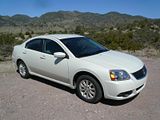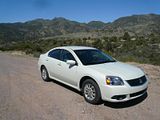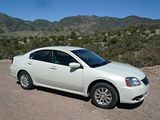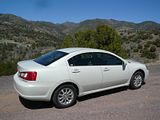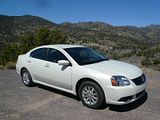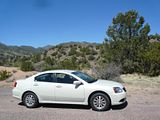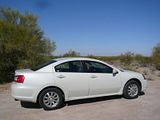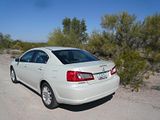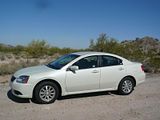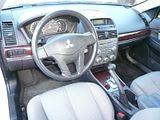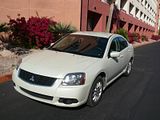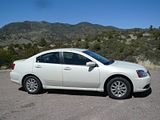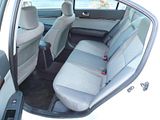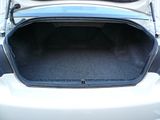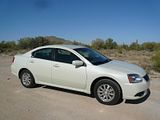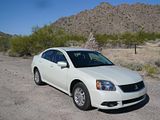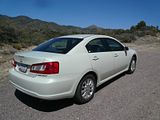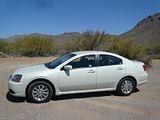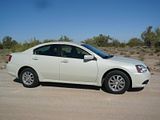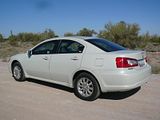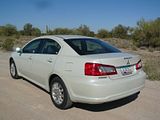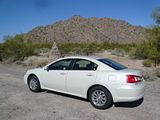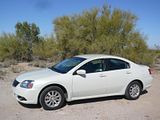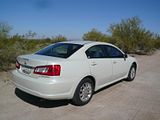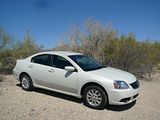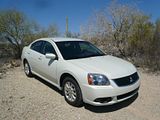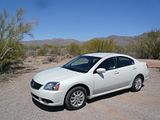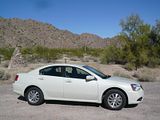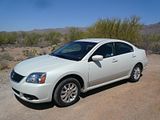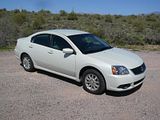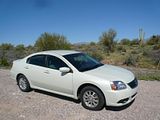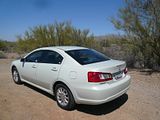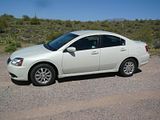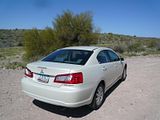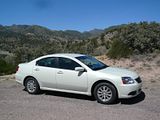
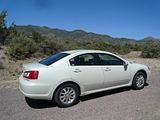
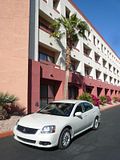 There have been 9 generations of car from Mitsubishi called Galant. The first was launched in late 1969, and was quite an advanced design for its day, offering modern looks, a truly pillarless design on the coupe model and decent quality engineering. As the Dodge Colt, it was the first time that a Mitsubishi product was offered for sale in America when it was launched there in 1971. In 1974, as the Colt Galant, it was one of two models offered by this Japanese manufacturer for the maker’s entry into the British market. Successive models followed every few years, and like most other long running nameplates, each generation got progressively bigger. By the time of the first front wheel drive car, launched in 1984, the Galant was widely regarded as one of the better cars in its class, and in the mid 1990s, the regular V6 cars were particularly well thought of. Sales in America were reasonably buoyant, too, especially once production of the car for this market started at the Normal, Illinois plant in 1994. Somehow, though it all then went wrong. Having offered the same basic Galant, albeit with local modifications and in some cases a different name, in many markets of the world, when the ninth generation car made its debut at the 2003 New York Auto Show, as a 2004 model, it was intended solely for a few regional markets, most notably America, Canada, Mexico, Russia and the Ukraine. Eight and half years later and the same car is still on sale in America. Does anyone even know? or care?
There have been 9 generations of car from Mitsubishi called Galant. The first was launched in late 1969, and was quite an advanced design for its day, offering modern looks, a truly pillarless design on the coupe model and decent quality engineering. As the Dodge Colt, it was the first time that a Mitsubishi product was offered for sale in America when it was launched there in 1971. In 1974, as the Colt Galant, it was one of two models offered by this Japanese manufacturer for the maker’s entry into the British market. Successive models followed every few years, and like most other long running nameplates, each generation got progressively bigger. By the time of the first front wheel drive car, launched in 1984, the Galant was widely regarded as one of the better cars in its class, and in the mid 1990s, the regular V6 cars were particularly well thought of. Sales in America were reasonably buoyant, too, especially once production of the car for this market started at the Normal, Illinois plant in 1994. Somehow, though it all then went wrong. Having offered the same basic Galant, albeit with local modifications and in some cases a different name, in many markets of the world, when the ninth generation car made its debut at the 2003 New York Auto Show, as a 2004 model, it was intended solely for a few regional markets, most notably America, Canada, Mexico, Russia and the Ukraine. Eight and half years later and the same car is still on sale in America. Does anyone even know? or care? 